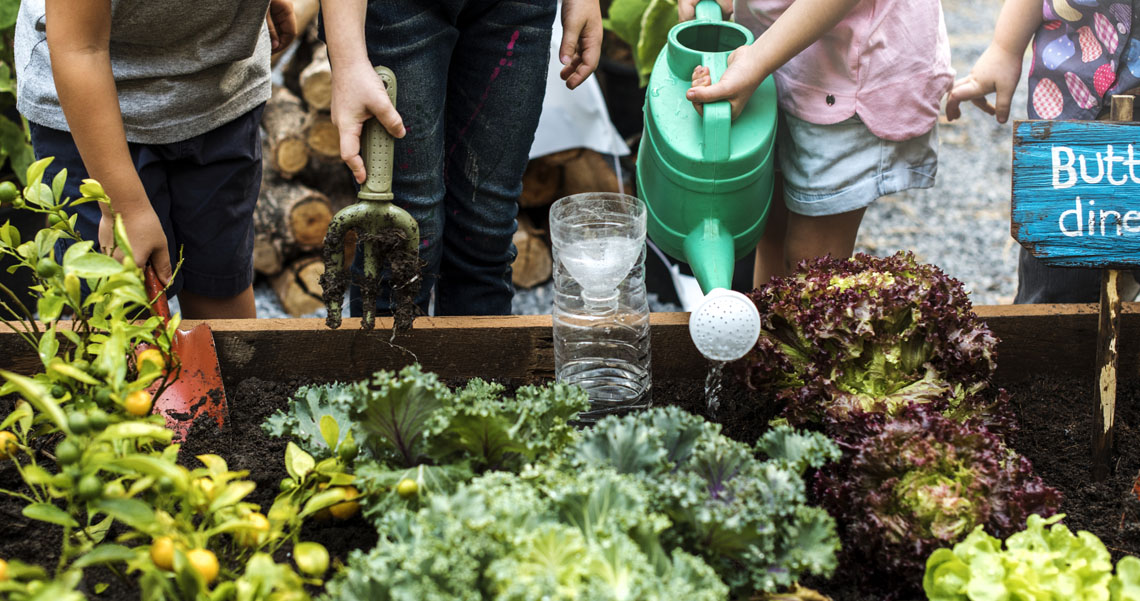Minds On
Surveys

A plant-care specialist is excited because they have created a new fertilizer spray to market to local nurseries. They know that there are a few large communities that have popular and thriving local nurseries. They have conducted a survey to deliver to a large sample of people within one of these communities.
Here is the question that the plant-care specialist asked: “Do you have plants at home?”
Here are the results:
|
Plant data |
|
|---|---|
|
Number of households |
1,219 |
|
Number of plants |
821 |
|
Percentage of households with plants |
67% |
Brainstorm
Think about the question
The plant-care specialist was planning to use the results of this survey to determine if they could successfully sell their fertilizer spray at local nurseries.
- Will this question, the audience, and data collected help the specialist? Why or why not?
- If your response was “no,” suggest a few questions the specialist could ask to get the information they need.
Throughout this learning activity, you can record your ideas digitally, orally, or in print.
Action
The art of asking questions
Qualitative data is non-numerical data that can be organized into categories. This type of is data is collected through questionnaires, surveys, interviews, or observations.
There is an art to surveying, and steps that you need to think through before getting started.
When you are creating a survey, it is important to clarify these points:
- What is it you really want/need to know?
- Who is your audience?
- What question(s) will you need to ask?
- What options will you offer your respondents that will relate to your question and the purpose of your survey?
Activity
Let’s return to the plant-care specialist and their survey. In this activity, you will evaluate the survey question that they asked: “Do you have plants at home?”
Select the correct answer, then press ‘Check Answer’ to see how you did.
What went wrong?
It seems that the specialist’s question missed the mark. Let’s try to figure out why.
Think about the following questions, then press them to see possible answers.
Brainstorm
Better questions
Think of some more effective questions that the specialist could have asked.
- What could they have asked customers?
- What could they have asked nursery employees?
Record your questions using a method of your choice.
Press the following tabs to compare your answers to some suggestions.
- Do you use fertilizer on your plants?
- Do you find it challenging to keep your plants healthy?
- What kinds of products do you use on your plants? (with a few options)
- Do you sell a lot of plant fertilizer in a year?
- Do your customers ask about how to keep their plants healthy?
- What products do your customers ask for in relation to plant care? (with a few options)
Let’s practise!
Now you’ll take what you have learned from the plant-care specialist’s example and apply it to a new scenario.

Scenario: Planning a celebration
A Grade 7 class has just completed a large environmental project, and is planning a celebration. The teacher has chosen four students to be on the Food Committee. These students need to create a survey to determine what food to serve at the party. The teacher has suggested that each student work through these four steps:
1. What do I really need to know?
2. Who is my audience?
3. What question(s) should I ask?
4. Do I give the respondents options that directly relate to what I need to know?
Activity
Evaluate which student has done the best job in each step. Select the correct answer, then press ‘Check Answer’ to see how you did.
Consolidation
Survey and organize
You have helped the plant-care specialist and the Food Committee for the Grade 7 celebration. Now you’ve been asked to help the Activity Committee for the same celebration.
When developing your survey question(s), make sure you are collecting qualitative data (data in categories that can be counted).

Your job is to help the Activity Committee come up with good survey questions. Complete Table: Activity Committee using the following fillable organizer or a method of your choice.
|
Steps to creating an effective survey question |
Responses |
|---|---|
|
Step 1: What do you need to know? |
|
|
Step 2: Who is your audience? |
|
|
Step 3: What is your question? (What are your questions?) |
|
|
Step 4: What are the options for your respondents? |
Press the ‘Activity’ button to access Table: Activity Committee.
Think about your learning
- Give three reasons why it is important to ask specific questions for data collection.
- What are the important questions that you need to ask before you conduct your survey?
- Offer one piece of advice for others about data collection.
Reflection
As you read the following descriptions, select the one that best describes your current understanding of the learning in this activity. Press the corresponding button once you have made your choice.
I feel…
Now, expand on your ideas by recording your thoughts using a voice recorder, speech-to-text, or writing tool.
When you review your notes on this learning activity later, reflect on whether you would select a different description based on your further review of the material in this learning activity.
Connect with a TVO Mathify tutor
Think of TVO Mathify as your own personalized math coach, here to support your learning at home. Press ‘TVO Mathify’ to connect with an Ontario Certified Teacher math tutor of your choice. You will need a TVO Mathify login to access this resource.
TVO Mathify (Opens in new window)